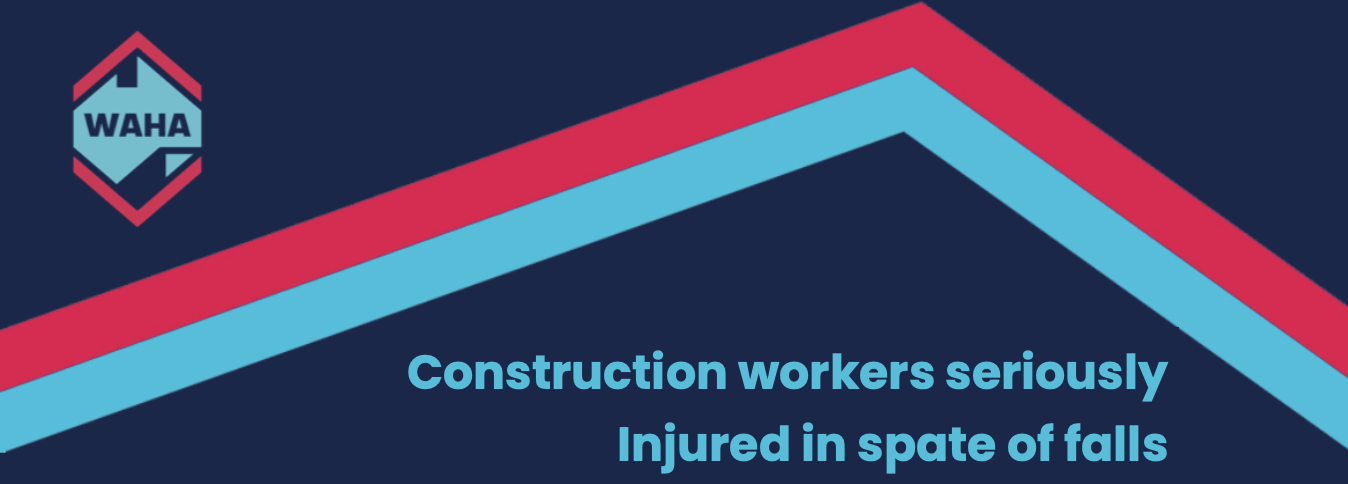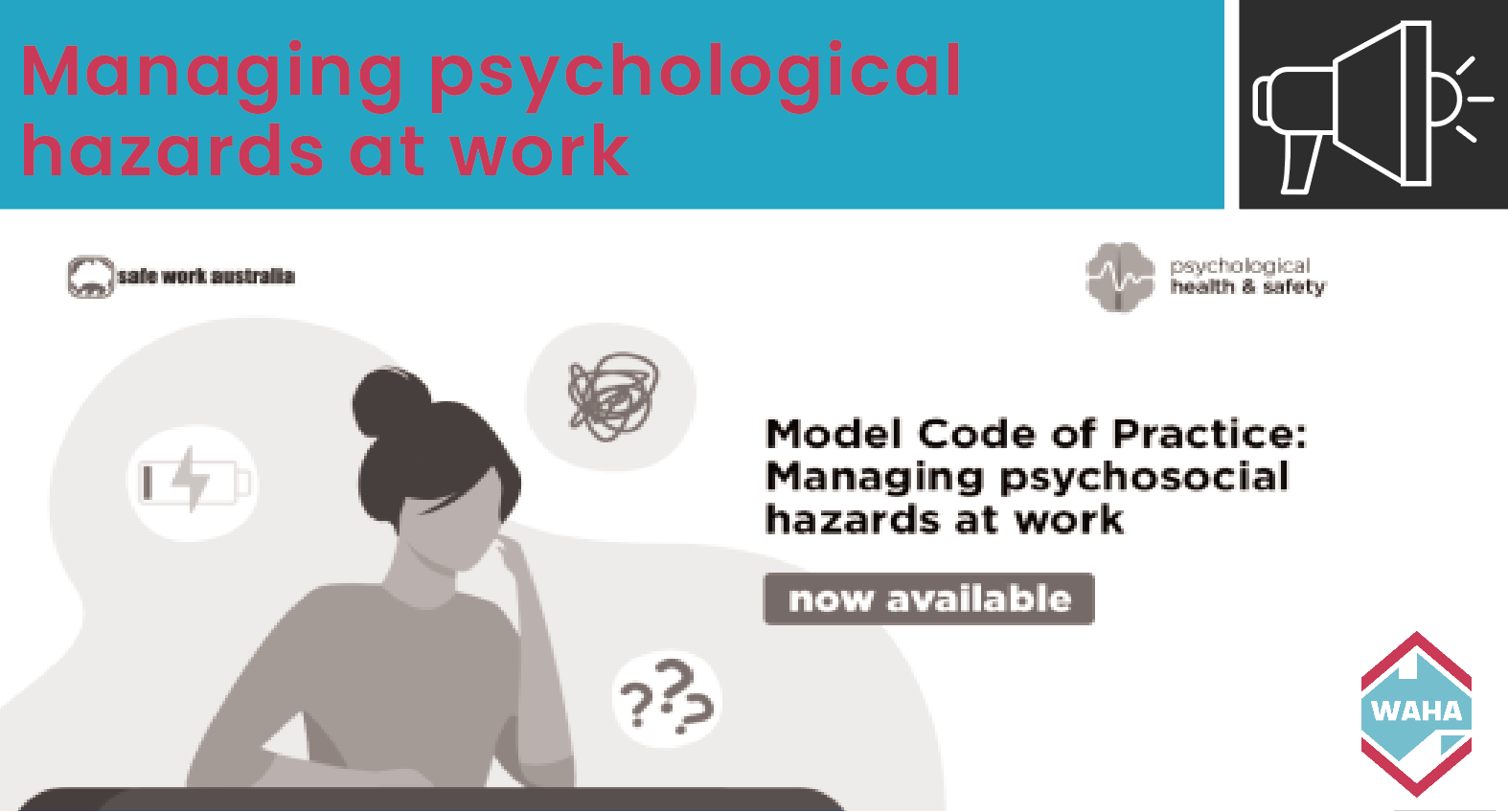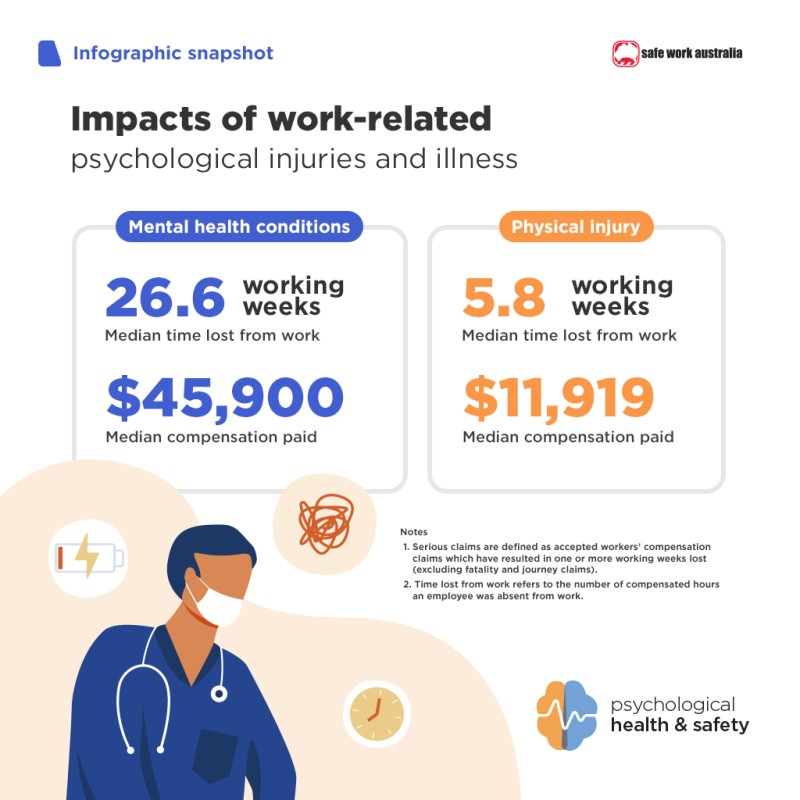WorkSafe Victoria is reminding employers of the risks associated with working from heights after a spate of serious injuries in the construction industry.
Source: WorkSafe Victoria
On 26 July, an apprentice electrician fell while loading solar panels onto a roof at a domestic premises in Coburg, sustaining a broken ankle, wrist and eye socket.
The next day, a plumber fell more than two metres at a housing construction site in Frankston, leaving them with serious head and back injuries.
Then, on 28 July, a worker was taken to hospital with a cut to the head after falling about four metres from a ladder at a Broadmeadows construction site.
Since 2018, WorkSafe has accepted 6340 claims from workers injured in falls from height, with construction workers accounting for almost one third (29 per cent) of these claims.
More than half of the claims from the construction industry (52 per cent) were falls from ladders, scaffolding, mobile platforms or mobile stairs.
Falls from height are also one of the leading causes of workplace deaths in the construction industry, with 14 fatal incidents since 2018.
In February, a 69-year-old worker died after falling from a height of about five metres at a construction site in Cheltenham.
WorkSafe Executive Director of Health and Safety Narelle Beer stressed that every injury and death caused by falls is preventable if the right steps are taken to eliminate or reduce risks.
“This terrible sequence of incidents – three falls in three days – highlights the very real risks of working from heights,” Dr Beer said.
“It is every employer’s duty to ensure measures are in place to control these risks, such as a passive fall prevention device and a fall arrest system.”
WorkSafe can and will take action against employers who fail to ensure their workers are properly trained and appropriate safety measures are in place.
So far in 2022, fines totalling $489,000 have been imposed against construction companies and directors in 12 WorkSafe prosecutions for failing to protect workers from the dangers of working from height.
WorkSafe supports employers in maintaining safe workplaces through site visits and guidance, with further support available through the free and confidential OHS Essentials program.
To prevent falls from height employers should:
- Eliminate the risk by, where practicable, doing all or some of the work on the ground or from a solid construction.
- Use a passive fall prevention device such as scaffolds, perimeter screens, guardrails, safety mesh or elevating work platforms.
- Use a positioning system, such as a travel-restraint system, to ensure employees work within a safe area.
- Use a fall arrest system, such as a harness, catch platform or safety nets, to limit the risk of injuries in the event of a fall.
- Use a fixed or portable ladder, or implement administrative controls.



